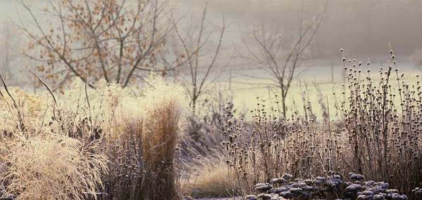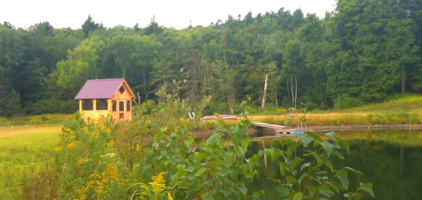One very important vegetable to consider for your garden in 2018
is asparagus, and now is a good time to prepare beds and to get a
crop in the ground.
Asparagus has a delicious flavor when served with melted butter,
is very good for your health, and will be productive for 15 years
or more.
Garden asparagus, named from the Greek word asparagos which
means sprout or shoot, has been cultivated since ancient times.
The world’s oldest surviving recipe book (from the third century)
even refers to it.
This culinary vegetable is a genus in the lily family. It grows a lat-
eral primary root and then sends its shoots above ground when the
weather warms up in the spring.
Establishing an asparagus row in your garden is fairly easy. Since
it takes 2 to 3 years to mature from seed to edible size, you can
save a lot of time by planting ‘crowns’ that are already 2 years old
Locate your plants in a well-drained, sunny spot. Since they are
perennials, usually a sunny location along a fence line or along an
edge of the garden is best. This way they can be left alone when
you dig up your vegetable patch between seasons.
The asparagus row itself should be tilled or plowed to a depth of
12 inches. You should blend adequate organic matter, such as com-
post and fertilizer, with the garden soil. Fortunately, asparagus
thrives in our alkaline soil.
Make a deep trench one foot deep down the middle of the row and
plant the asparagus crowns at 12 to 18 inch intervals, spreading the
side roots out along the trench.
Cover the crowns with 2 to 3 inches of soil. Firm around the roots
and water in. As the first season progresses, add soil to the trench
until it is full by fall.
With the asparagus crowns as deep as 12 inches, the surface of the
can be cultivated and lightly tilled to control weeds without hurt-
ing the crowns.
The shoots grow to a height of 2 to 4 feet. They then open into feath-
ery foliage which has small greenish-white flowers. The spears are
harvested in the spring at a height of 4 to 6 inches. As harvesting
continues, the spears will become more thin and wispy.
When they become smaller than the diameter of a pencil, harvest-
ing should stop. This will enable the shoots to grow into feathery
branches that will supply renewed energy to the roots.
In the fall, after the first frost has browned the foliage, the stems
should be cut back to ground level. You should then heap generous
amounts of organic fertilizer upon the asparagus row or bed. The
rains of winter will carry the fertilizer to the roots which will grow
and produce edible sized “spears” in the spring.
Rule of thumb: a 100 foot row will adequately feed a family of 5.
After harvest, asparagus is usually boiled or steamed until tender.
Traditionally the spears are served with a sauce like hollandaise,
or served with melted butter and drizzled with parmesan cheese.
This vegetable is rich in folic acid. This helps make the blood heal-
thy and strengthens the liver. It is low in sodium and calories, has
no fat or cholesterol, and is a great source of potassium and fiber.
The only disease associated with asparagus plants is rust. By plant-
ing disease resistant varieties, this should not be a problem. Two
varieties to look for are U.C.72 and U.C.157. Both of these will
produce early, and are prolific. Happy gardening everyone! ❦







